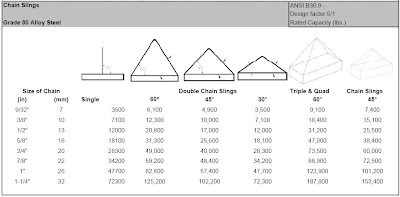After updating for Microsoft Windows XP you are prompted with a “Your software is counterfeit” error message at startup. Even after visiting the www.microsoft.com/genuine/ site and validating, you still get the above message popping up after 2 or 3 boots. There is a holow blue star in system tray and the message “you may be a victim of software counterfeiting” appears every few minutes. Desktop wallpaper move into dark color.
There is some solutions to this and I would like you to follow the steps below to fix the issue.
1. Reboot and login with safe mode (press f8 continuously and select safe mode)
2. Navigate to c:\windows\system32\ folder and delete (or rename) following file: wgatray.exe, wgatray.exe, Note: Dllcache is a hidden folder, to view hidden folders do the following, go to Start, Control Panel, Folder Options, Select the view Tab and under the Hidden Files option, select Show hidden files and folders
3. Click on Start, Run and within the open dialog box type regedit and click OK.
* Within the Registry Editor navigate to HKEY_Local_Machine\Software\Microsoft\WindowsNT\CurrentVersion\Winlogon\Notify\WGALOGON
* Right Click and Export the WGALOGON Folder (this should be saved onto your machine for backup purposes)
* After Exporting the folder, DELETE the WGALOGON folder
4. Close all applications and restart your machine back to normal mode
Good luck.






